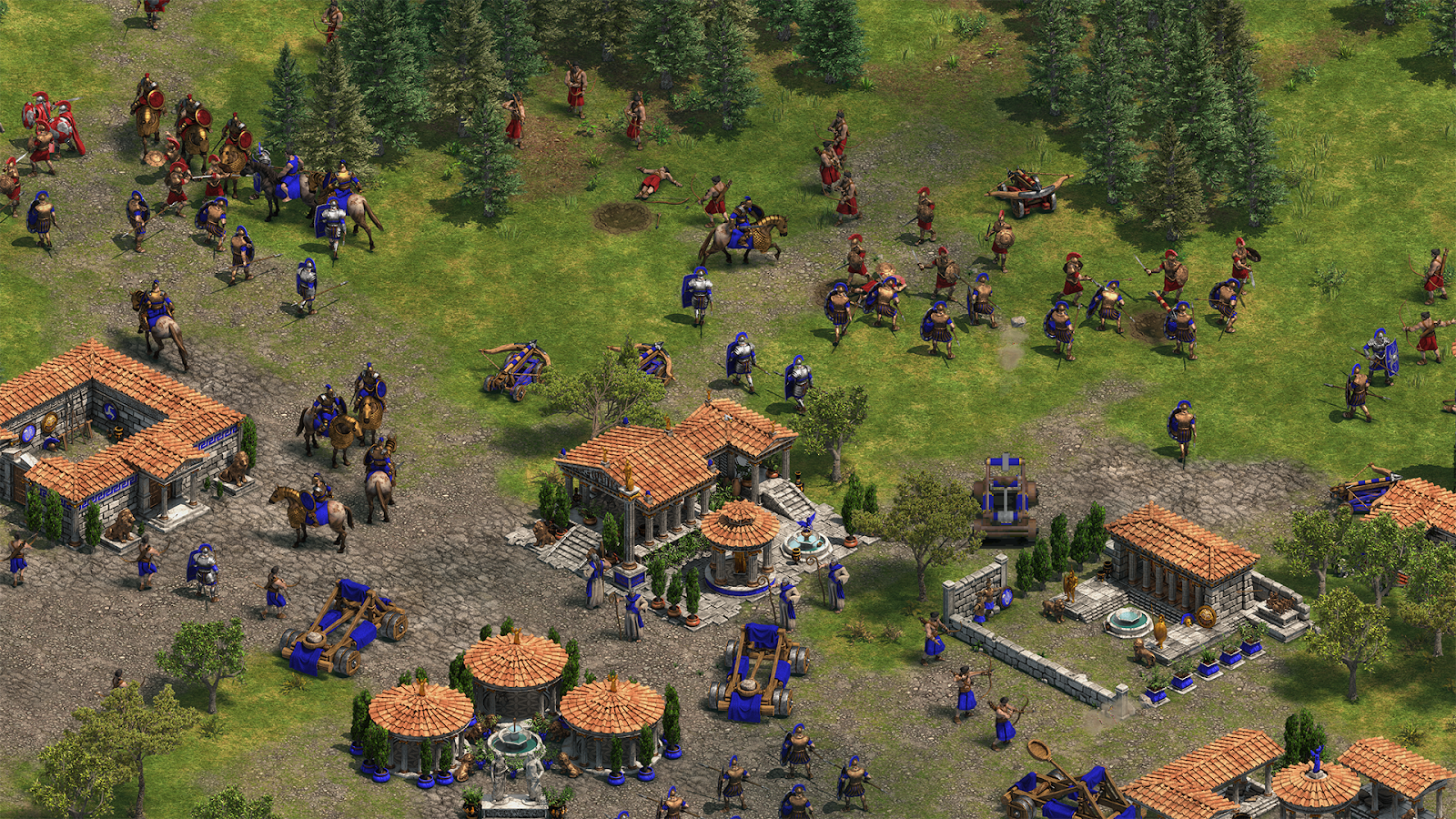

A continuous distribution is used when the observations can fall anywhere in the range of outcomes. In Simple Termsīasically, a discrete distribution is when an outcome is either one value or another – you either have 2 siblings, or 3, or 4. Examples of such distributions: height, weight, or lifespan. In a continuous distribution, there is an effectively infinite number of possible outcomes, even with a finite range of values.

Other examples would be number of children, or number of phone calls place in 24 hours. These have a finite number of possible outcomes within the distribution, such as the dice example above. Probability distributions come in many flavors, but they fall into two broad categories.įirst you have discrete distributions. Worded differently, a probability distribution contains every possible outcome, and the odds of seeing any one particular outcome. A probability distribution is the respective chance of seeing each possible outcome of an experiment or event, with the sum of all of the individual probabilities adding up to 100%. These graphs are examples of probability distributions. If you were to graph the expected outcomes, along with their probabilities, it would look like this: On any give roll, you have exactly 1/6 chance of rolling one of the six values of the die faces. Think of your run-of-the-mill, six-sided die. A Roll Of The Dice: Probability Distributions You can only demonstrate that it is more likely than something else. In the example above, a smaller margin of error of +/-4 years might only give you 75% confidence that it contains the true value of the population.Īnd finally, always remember that you, generally speaking, cannot prove that something is true with statistics. The size of your margin of error is proportional to your confidence that the true value lies within that margin. Your lack of complete information means that there will always be some margin of error. You are trying to understand the real world by looking at a simplified version of it. But I find that it’s always important to keep these concepts in mind when looking at data. Perhaps you knew all of that, intuitively or otherwise.
Is the relationship between these variables significant? Example: we can say that there is only a 5% chance that the difference in lifespan between left- and right-handed people in our sample is random coincidence. How confident are we that the actual population mean lies within that margin of error? Example: we are 95% confident that the true average lifespan of a left-handed person is between 12 years less and 2 years more than that of a right-handed person. What is the margin of error on this analysis? Example: +/- 7 years. What can we infer about the population from this sample? Example: the mean life span of a left-handed person is 5 years less than a right-handed person. Statistical analyses can be quite complicated, but, at a high-level, here are the things statistical analysis is trying to determine: We then analyze that statistic to make inferences about the original population. Instead of getting the exact characteristic of that population (there is some true mean lifespan of all the left-handed people on earth), we take the sample and calculate a statistic(the mean life-span of the sample). Instead of an entire population (example, every left-handed person on Earth), we take a sample of that population (200 hundred left-handed people). Statistics is the science of simplifying the real world into quantifiable numbers that we can understand. It’s simply too much information to collect or even to understand. We cannot possibly gather every characteristic of everything. Lots of real things, for lots of real reasons. We live in the real world, and real things happen in the real world for real reasons. #Statistical analysis video games version 3 how to#
How to calculate the spread of a data set using variance and standard deviations.

The semantic difference between and average and a mean.
 What a probability distribution is, and the difference between discrete and continuous distributions. The difference between statistics and the real world. Previously on “Game Planning With Science!”: Part 1 Part 2 The article image for “Video Game Statistics: A Primer” is from GraphicStock. It will also make you a more informed consumer of the information the rest of the world vomits at you every day. A better understanding of statistics will change the way you see and treat your own data. There will be some heavy lifting in this post, but hang in there. But also essential if you want to be able to forecast accurately and confidently. Now, in Part 3, I’m going to step away from direct operations management to discuss some basic concepts of statistics. In parts 1 and 2 of “Game Planning With Science!” I covered the basics of process management and capacity charts.
What a probability distribution is, and the difference between discrete and continuous distributions. The difference between statistics and the real world. Previously on “Game Planning With Science!”: Part 1 Part 2 The article image for “Video Game Statistics: A Primer” is from GraphicStock. It will also make you a more informed consumer of the information the rest of the world vomits at you every day. A better understanding of statistics will change the way you see and treat your own data. There will be some heavy lifting in this post, but hang in there. But also essential if you want to be able to forecast accurately and confidently. Now, in Part 3, I’m going to step away from direct operations management to discuss some basic concepts of statistics. In parts 1 and 2 of “Game Planning With Science!” I covered the basics of process management and capacity charts.







 0 kommentar(er)
0 kommentar(er)
